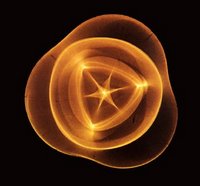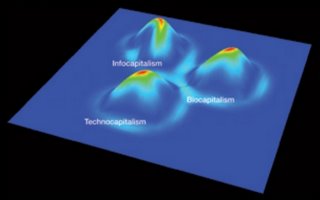A pair of Sanford Kwinter's texts, written for different audiences, and thus different in style and scope, both really worth reading and comparing:
"Architecture's Scientific Revolution" for
Seed magazine, in part for people mostly unfamiliarized with what is going on in arch&design
(which might include some architects...);
"Knowledge Activism" for
32BNY, shares a lot with his text for Log #5, but goes further.
Extracts:
"To think pattern, is to resolve much of the old program/form dichotomy (they are both subsumed by it as two manifestations of the same impetus); it is to see design as problem and product of organization."
"Invention, speculation, projection: what are these but forms of meditation, the highest forms of knowledge, homages to the now, inquiries into the dancing forces that are at work composing the present. Speculative activity is a scientific inventory of effects, tendencies, directions, the very truest form of cartography. This is how I see the problem of change."







